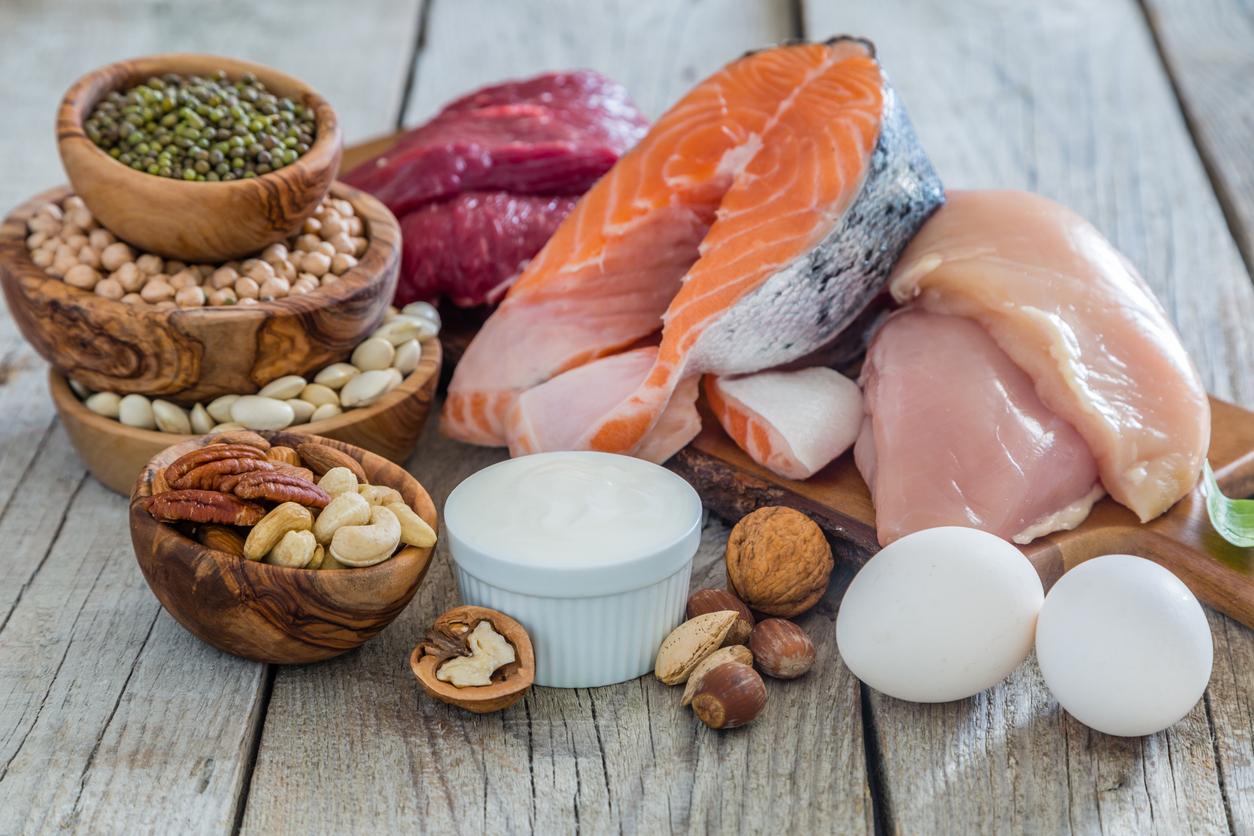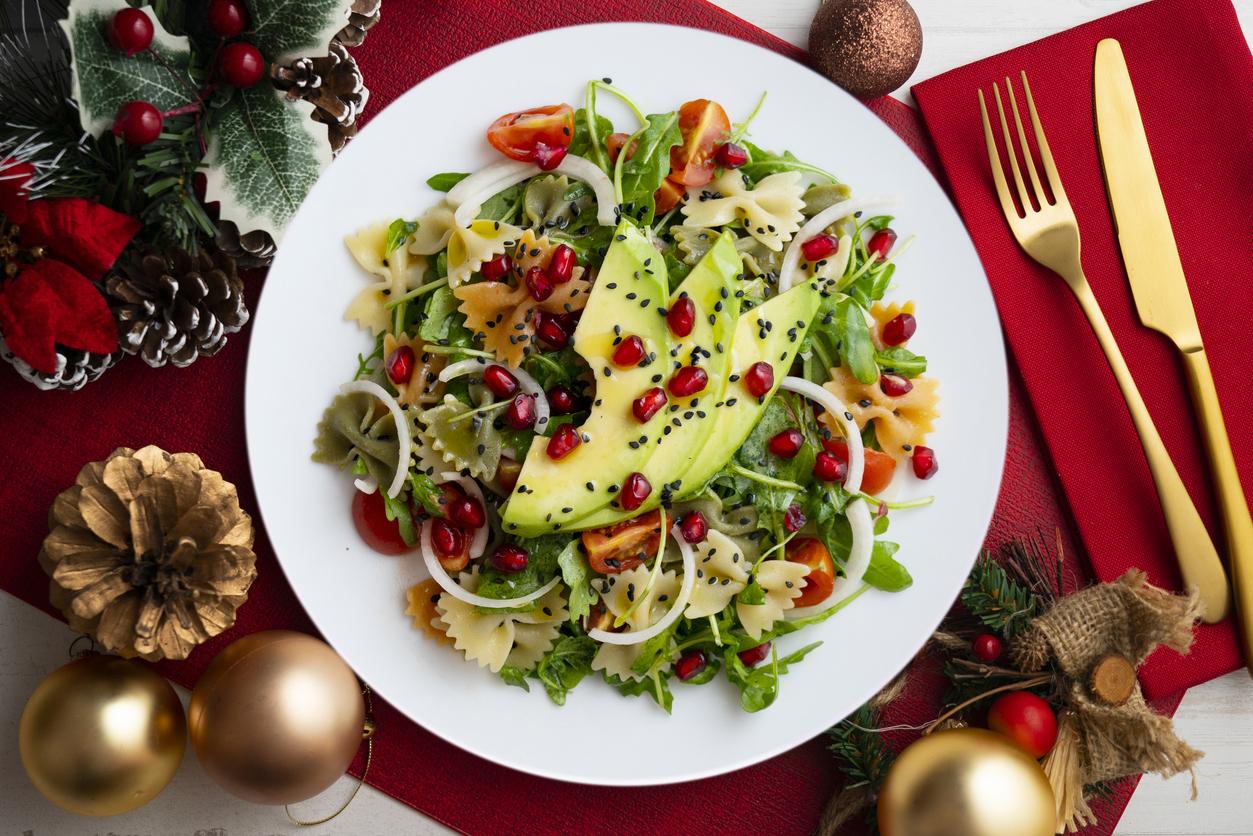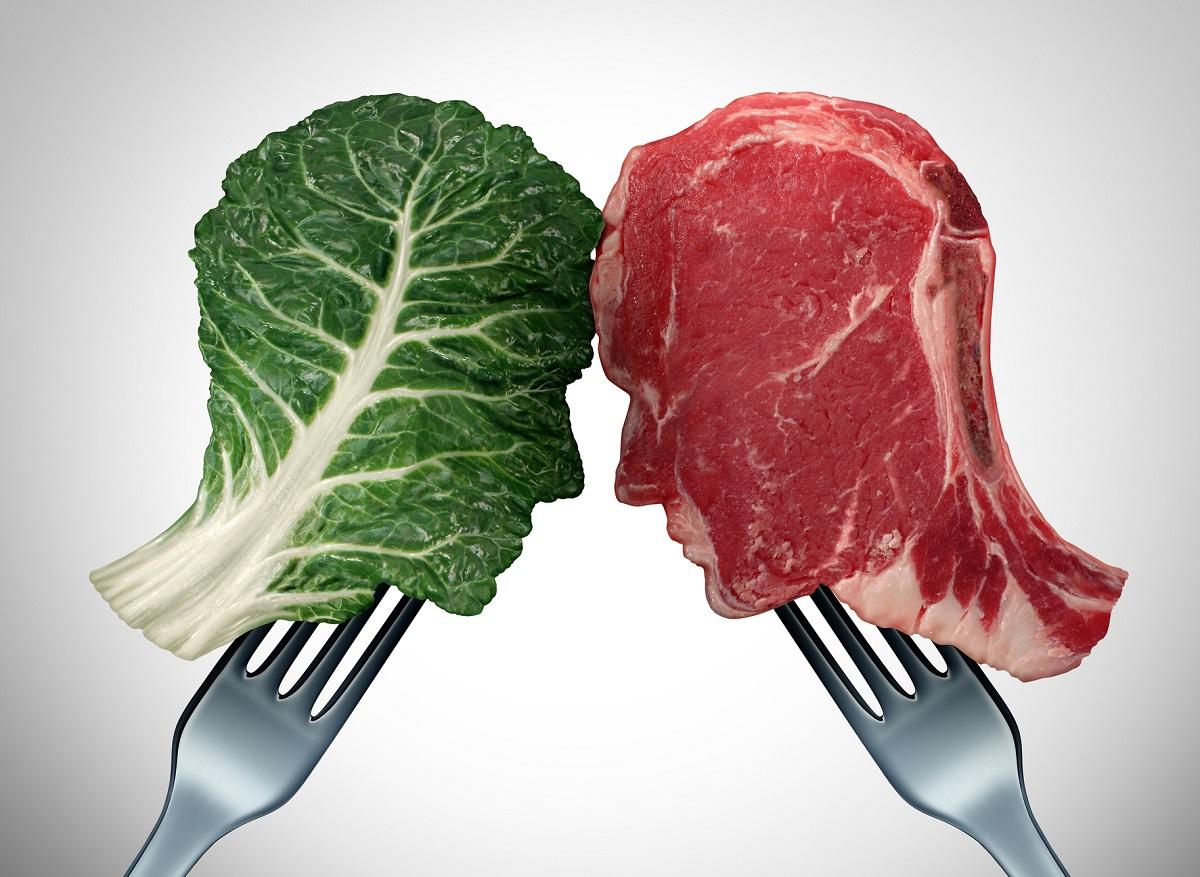The team of nutritional epidemiology researchers from Inserm and INRA has shown that when it comes to nutritional information on products, the 5-color logo (known as the 5-C logo) is the easiest to identify. and best understood by consumers.
The system 5-color nutritional information 5-C (green / yellow / orange / fuchsia pink / red) is based on the calculation of a nutritional quality score which takes into account several elements present on the nutritional labeling: calories, simple sugars, saturated fatty acids, sodium, fibers, protein and percentage of fruits and vegetables per 100 g of product. The color indicates to the consumer what is the nutritional quality of the food he plans to buy in order to better guide his choice.
A simple, effective logo … and accepted by consumers
A recent study posted in Nutrients had already underlined that this 5-color logo was the most effective in allowing consumers to recognize and compare the nutritional quality of foods, including in so-called “at risk” populations (that is to say the elderly, at low risk). income, low level of education or knowledge of nutrition, overweight or obese person).
“However, for a nutrition information logo to be effective, it is not enough that it is understood but it must also be accepted” emphasize the researchers.
Thanks to an internet questionnaire specifically developed for this published study on the PLOS One website, the consumer appeal (a sample of 13,578 participants in the NutriNet-Santé study) for four different logos was measured. Different statements were proposed in order to assess the acceptability of logos across three dimensions: preference (for example “It’s my favorite logo”), attractiveness (for example “This logo is easy to spot”) and difficulty in understanding (for example “This logo takes too long to understand”). Participants were then asked to choose the logo that most closely matches the proposed statements.
The results of this study show that among the logos tested, the 5-color one is perceived as the easiest to identify, as well as the fastest and easiest to understand. On the contrary, the Recommended Daily Benchmarks, although being the most appreciated by the participants, appear to be the most difficult and take the most time to understand. Note that none of the nutritional information logos tested were perceived as guilty by consumers.
Read also :
Nutrition labeling: the scientists’ petition against Carrefour
Labels do not ensure the nutritional quality of food
Where do we eat the most balanced in the world?
















